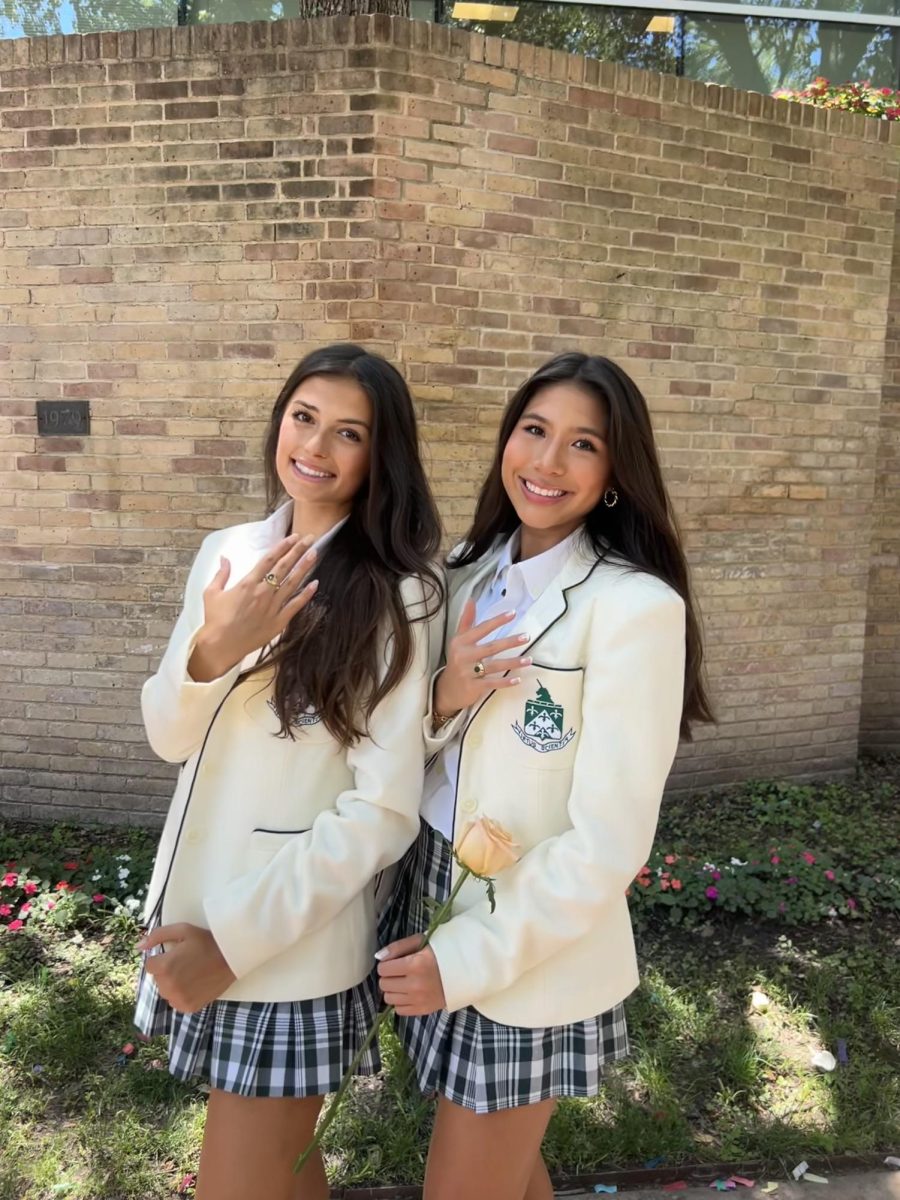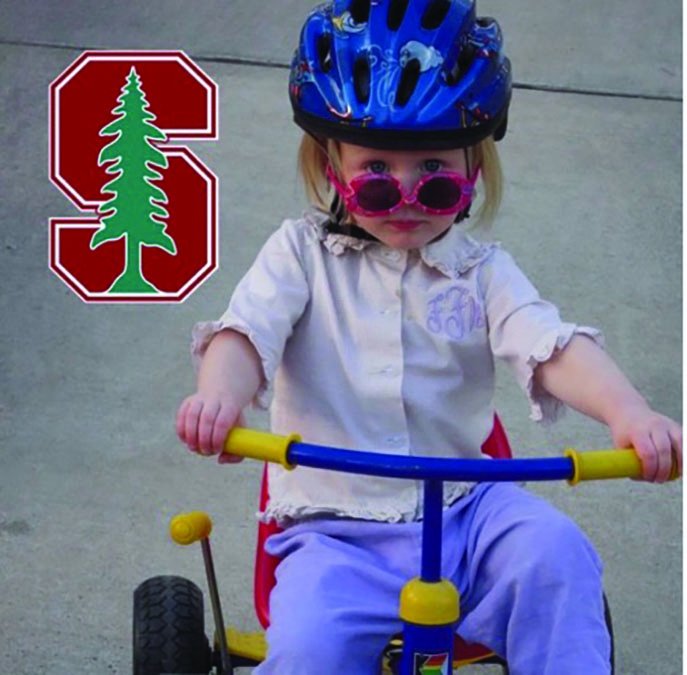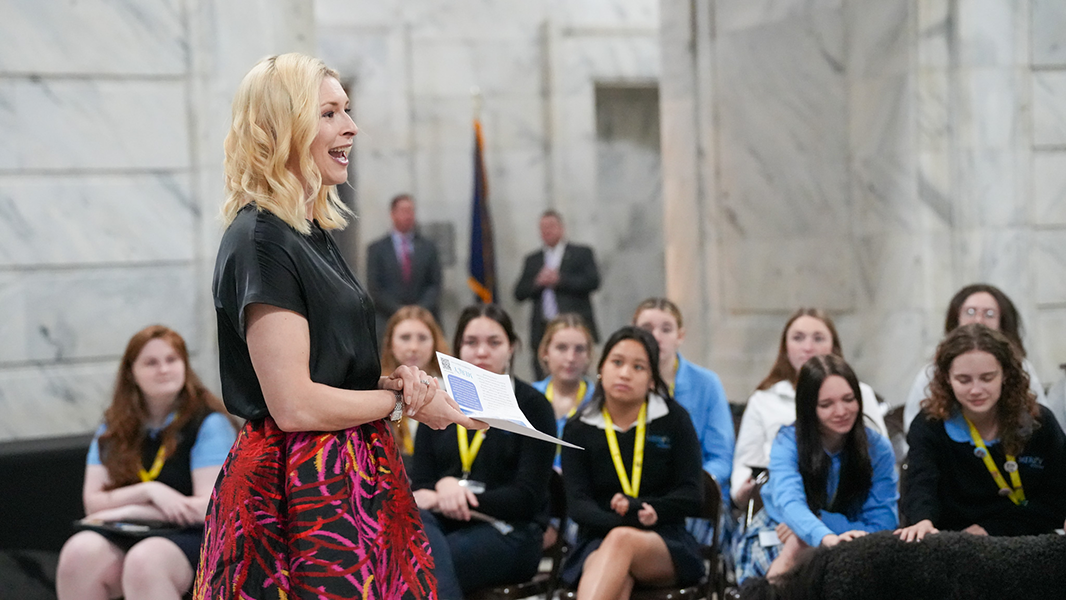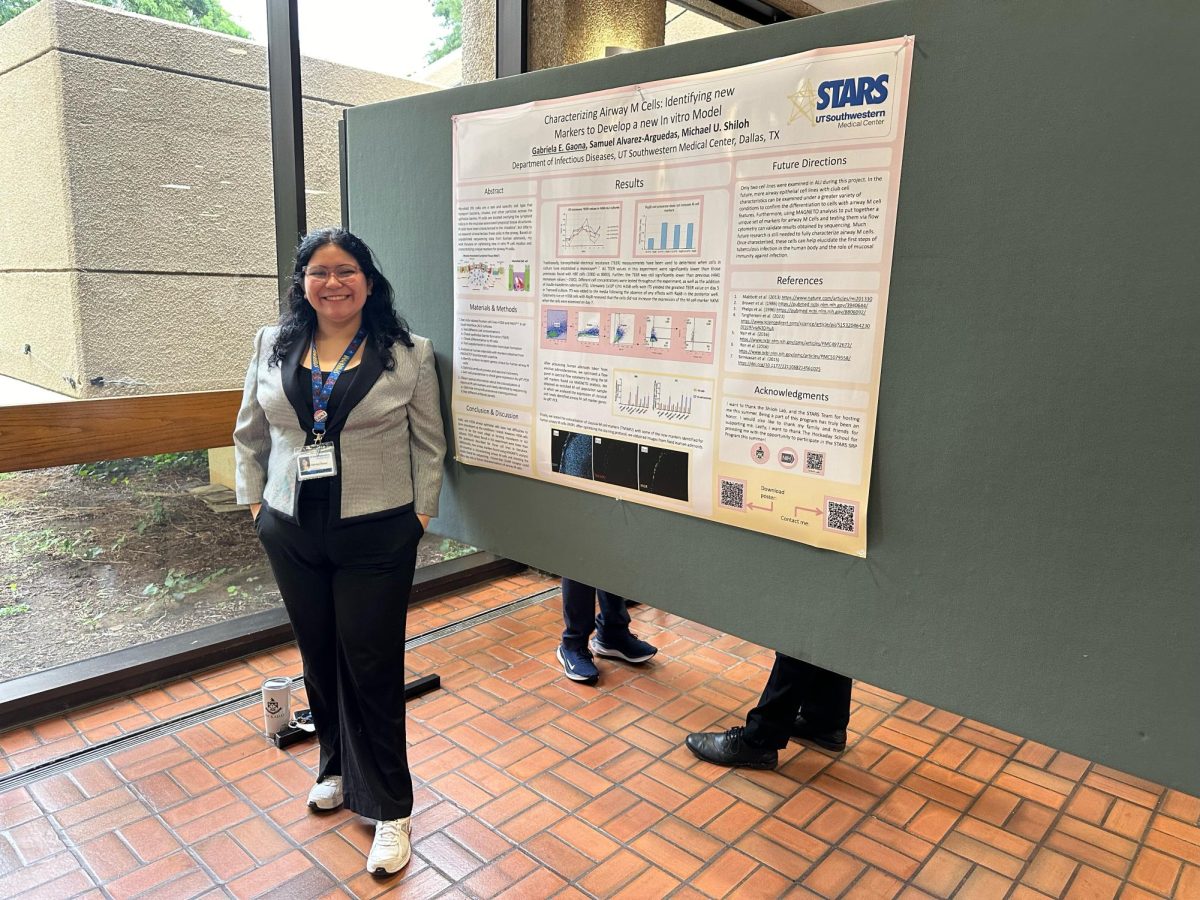A Japanese kaki persimmon tree, located by the Lower School duck pond, blooms fruit for the first time since its planting
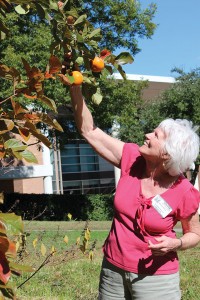
On a crisp day in October, Isnarda Lares, housekeeping staff member, was walking by the Duck Pond between Penson Gym and Lower School when she discovered that a tree was growing bright, orange fruits — persimmons — for the first time since its planting 13 years ago.
The Japanese kaki persimmon tree was brought to Hockaday by retired Lower School art teacher Dee Mayes in 2000.
Following the U.S. bombing of Nagasaki on Aug. 9, 1945, a kaki tree was found damaged by the atomic bomb, but still alive. Msayuki Ebinuma, a tree doctor, decided to procreate a “Kaki Tree Jr.” A contemporary artist named Tatsuo Miyajima took interest in this junior tree, and together, Ebinuma and Miyajima created the “Revive Time” Kaki Tree Project.
Mayes discovered the Kaki Tree Project in 1999 while visiting the Venice Biennale, a prestigious modern art exhibit in Italy.
“It’s kind of like a state fair, only it’s a world fair of art and they do it to introduce contemporary ideas in art,” Mayes said. “Japan’s whole exhibit was the Kaki Tree Project, which is a peace project.”
This exhibit had paper cranes all over the ceiling, and a small kaki tree was growing in the middle, she explained.
Ebinuma began germinating more second — generation Kaki trees, like the one at the exhibit in Venice, from the damaged parent tree. He made these junior trees available to schools and community organizations around the world.
“Basically, the whole project was made to spread the idea of peace: peace for all, including the environment, for individuals and between countries,” Mayes said. “The blooming of this tree is very touching for me because I was always working towards peace by teaching tolerance in my classroom.”
Interested in the project, Mayes applied for a Kaki seedling to join the Hockaday community. She believed that Hockaday would benefit from having this unique Japanese Persimmon tree on campus. On Oct. 25, 2000, Hockaday hosted Ebinuma, Miyajima and Sayaka Sonodo, a translator, to an event celebrating the planting of the tree. Hockaday was the first school to plant a junior Kaki tree in the U.S.
First and fourth-graders gathered around the Kaki seedling, singing songs of peace in Japanese and English.
Upper School English teacher Janet Bilhartz read a poem called “Persimmons” by Li-Young Lee with her Contemporary American Literature English class about persimmon fruits in mid-October, unaware of the concurrent blooming persimmon tree on campus.
“This tree is coming from another culture, and we don’t really think about things like that. So many of our fruits come from different cultures but we tend not to think about it,” Bilhartz said after learning of the blooming tree. “I love that we have persimmons ripening right now.”
Foro Lares, one of Hockaday’s ground keepers, said the tree grows naturally, without the use of pesticides and fertilizers. While Isnarda Lares mentioned that the housekeeping staff does not know what it will do with the fruit, Mayes hopes to continue sharing her legacy of peace at Hockaday by possibly creating a persimmon fruit-picking and eating project for the Lower School students.
By planting the Japanese Persimmon tree at Hockaday, Mayes wanted her young students to realize the meaning behind tolerance and the importance of respecting other people’s opinions.
Mayes said that part of the whole project was that they figured it would be about 10 years before the tree would bear fruit, so the school was expecting to have homegrown persimmons in 2010.
But the tree waited until Hockaday’s 100th birthday to produce fruit.
“The guidelines were that in 10 years it was supposed to bloom, and that ten years after you got it, you would have a project again that was a thank you to it and was to focus back on peace,” Mayes said. “I think, definitely, that our little tree chose 2013 to blossom because it is Hockaday’s centennial.”
– Inaara Padani



